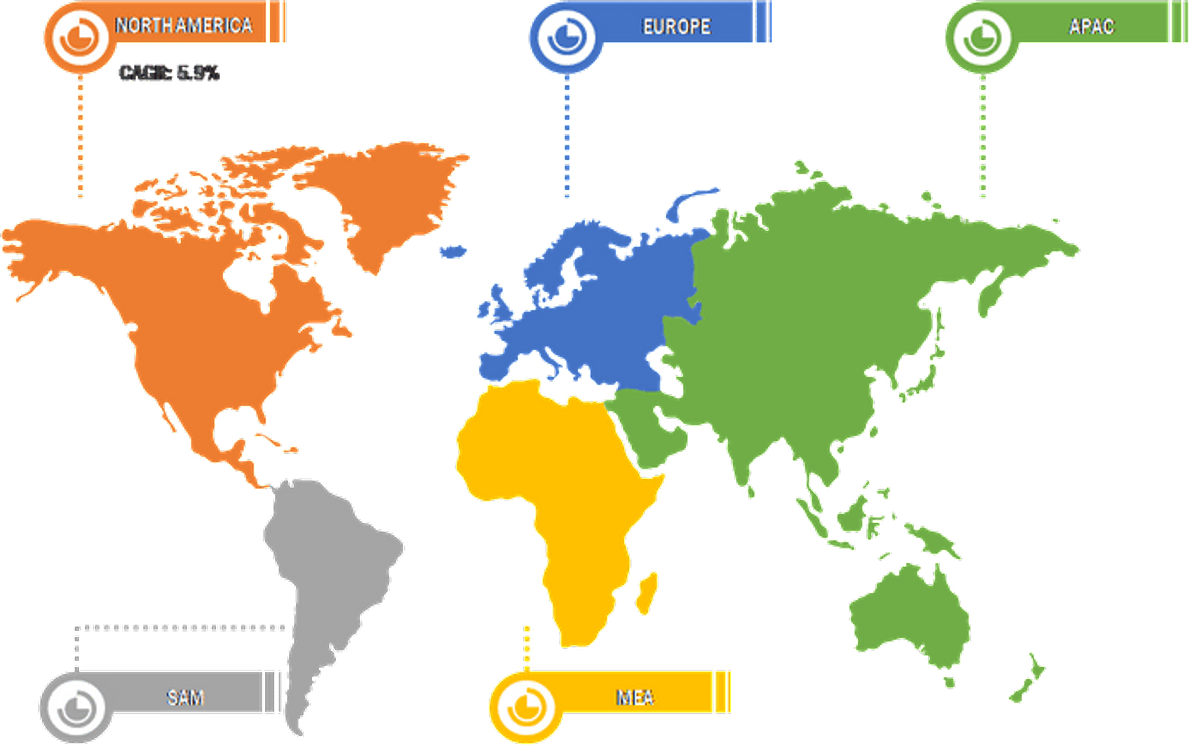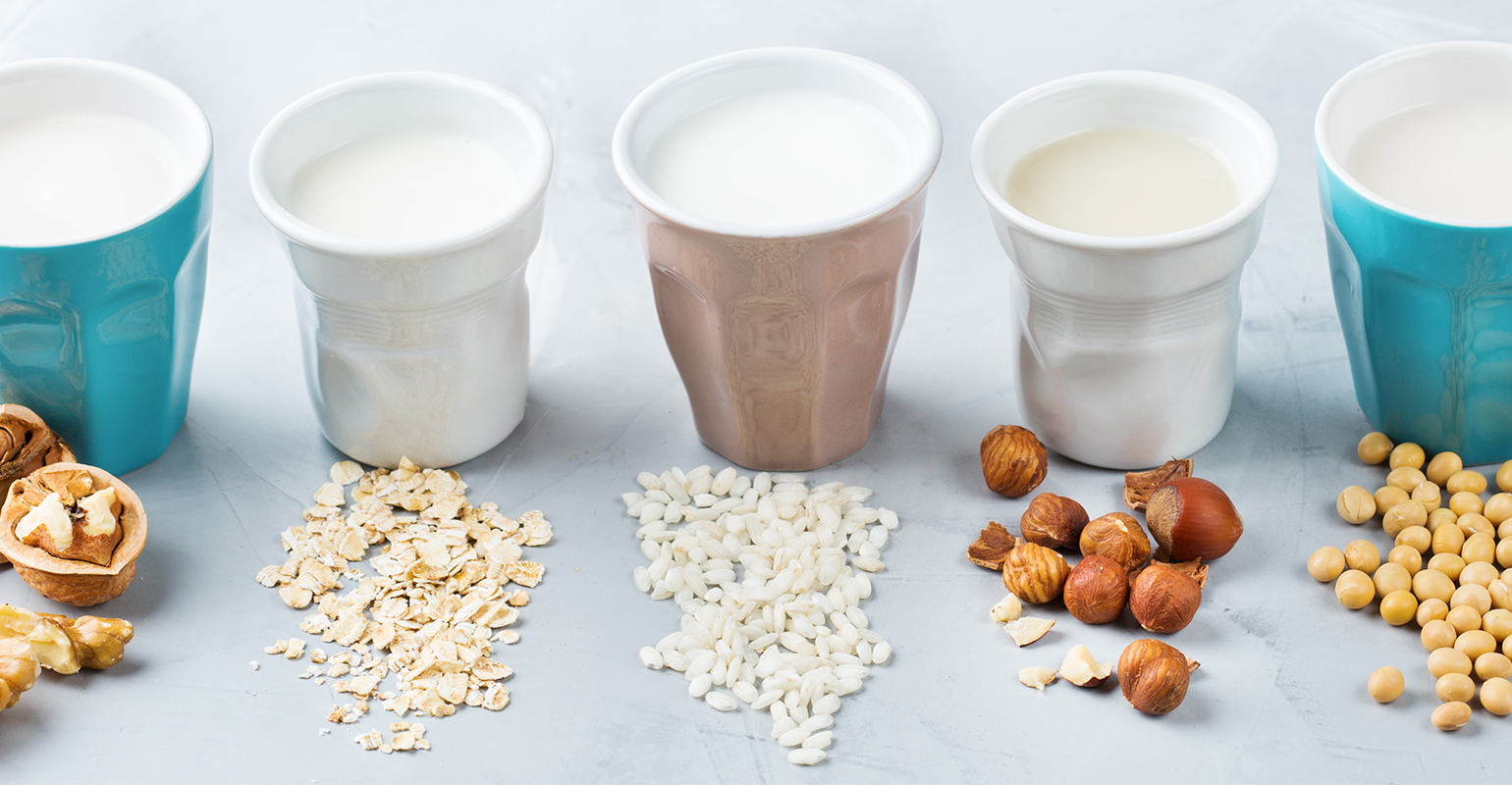HEALTH BENEFITS ASSOCIATED WITH PROANTHOCYANIDINS (PAC) IS ANTICIPATED TO BOOST MARKET GROWTH
Proanthocyanidins (PACs) are a class of biologically active flavonoids found throughout the plant kingdom and are one of the most potent antioxidants in nature. Typically concentrated in the bark of trees and in the outer shells of fruits and seeds, Proanthocyanidins serve to protect plants against oxidative elements such as oxygen and sunshine. Based on source, the proanthocyanidins market is bifurcated into cranberry, grape seeds, pine bark and others. Proanthocyanidins ((PAC) are a class of flavonoids which are known for its nutritional value and therapeutic health benefits. The demand for proanthocyanidin-rich products is increasing with the rapid evolution of the healthcare and food and beverage industry. Various studies have been conducted related to proanthocyanidins which represents their health-promoting effects, and their application in the food and pharmaceutical industry.
Several health benefits of proanthocyanidins have been identified extensively in recent decades. Proanthocyanidins are known for their antibacterial property and are widely used to treat urinary tract infections (UTIs). For instance, cranberry juice, which have high proportion of type A form of Proanthocyanidins, restrain bacterial adhesion to uroepithelial cells and prevents recurrent infections. Other than antibacterial properties, proanthocyanidins also possess strong antioxidant ability and maintains the oxidative balance by scavenging hydroxyl, superoxide, and peroxyl radicals. Several animal studies have represented the antiobesity effects of proanthocyanidins which includes formation of glucose metabolism, hindering the activity of lipase, activation of lipid metabolism and others. Moreover, proanthocyanidins are also used to treat different types of cancer as they constrain the growth of some common cancer cells, such as hepatic cancer cells, ovarian cancer cells and breast cancer cells. Apart from other functions, proanthocyanidins promotes antidiabetic activity and regulates the uptake of glucose, inhibits the activity of α-amylase and α-glucosidase, displays insulin-like effects in tissues, and reduces insulin resistance. Proanthocyanidins also exhibits antitumor, antiproliferative, and anti-inflammatory activities and thus, widely being demanded across several end use industries such as food and beverages, personal care and cosmetics and other industries. Factors that lead to the growth of chronic diseases in developed economies are growing consumption of fast food, sedentary lifestyle, lack of physical activity, and others. The rising consumer awareness about the importance of maintaining a healthy lifestyle has led to an upsurge in demand for products that help maintain good health.
The market for dietary supplements and functional food and beverage products is strongly driven by the shift towards health management practices along with increasing healthcare costs and growing burden of lifestyle diseases. Dietary supplements are consumed to increase the intake of essential nutritional components in the human body. Factors, such as a healthy living, increasing standards and consumption of healthy food products is swiftly becoming an essential factor in healthcare and nutraceutical industry. Consumers are increasingly demanding dietary supplements and functional food products so as to promote their health. Further, the rising prevalence of chronic diseases across developed and developing economies is also contributing to the growth of these industries. This has led to heavy investments by industry players in research and technological innovations to develop products that help maintain human health and the treatment of several diseases. In the wake of increasing demand for dietary supplements and functional food and beverages, the demand for proanthocyanidins has substantially increased.
Further, proanthocyanidins are also used as a functional ingredient and fortified foods in the food & beverage industry so as to enhance the nutritional aspect and quality of food products. For instance, proanthocyanidins are added to cakes, yogurt, and other foods as a food supplement to improve their nutritional quality. The rise in disposable income coupled with increasing awareness related to health benefits associated with the consumption of proanthocyanidins among consumers, propel the demand for proanthocyanidins. Likewise, increasing concerns towards several acute and chronic diseases are helping the market to grow, as sales of functional foods or supplements which have proanthocyanidins in them are growing.



